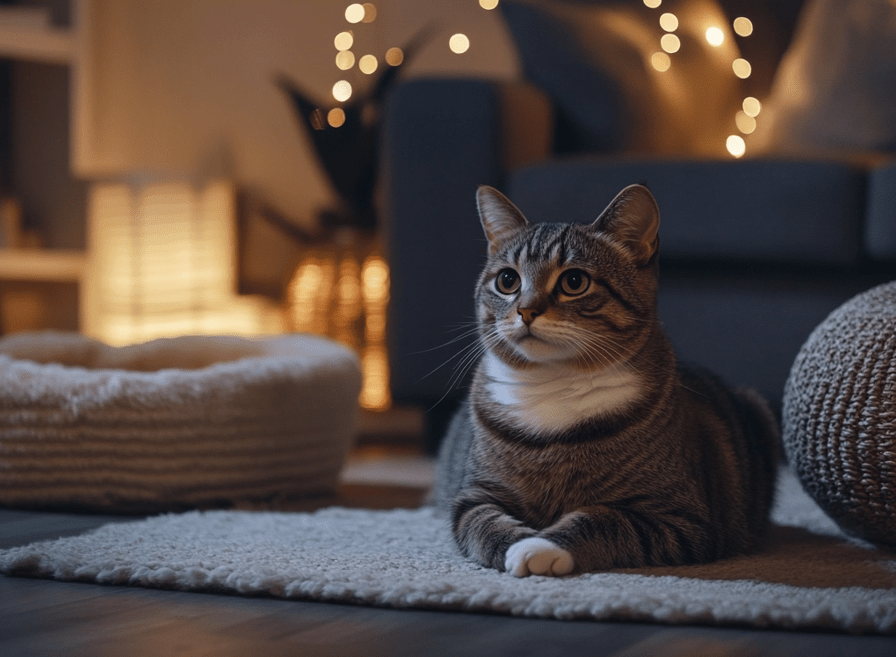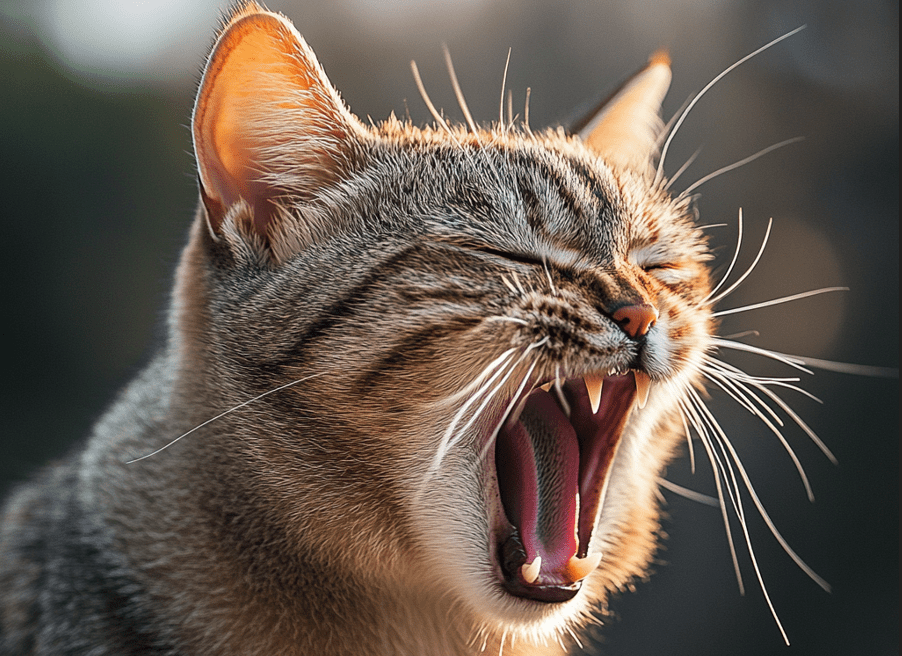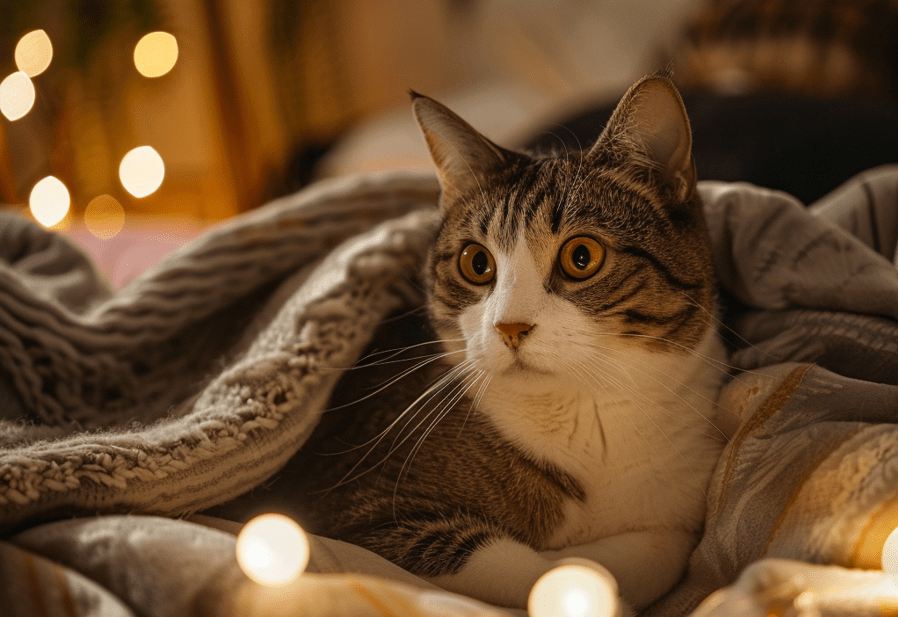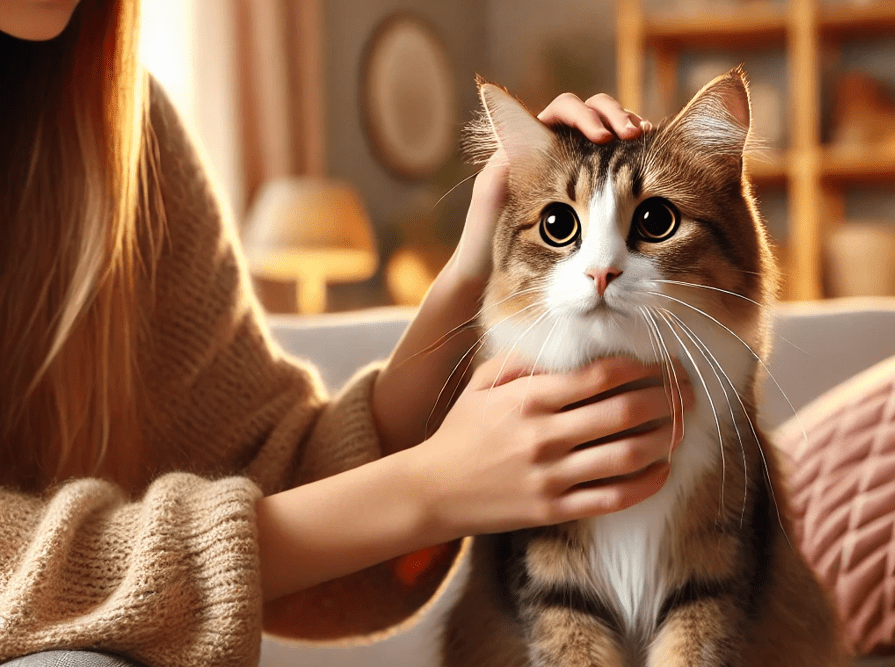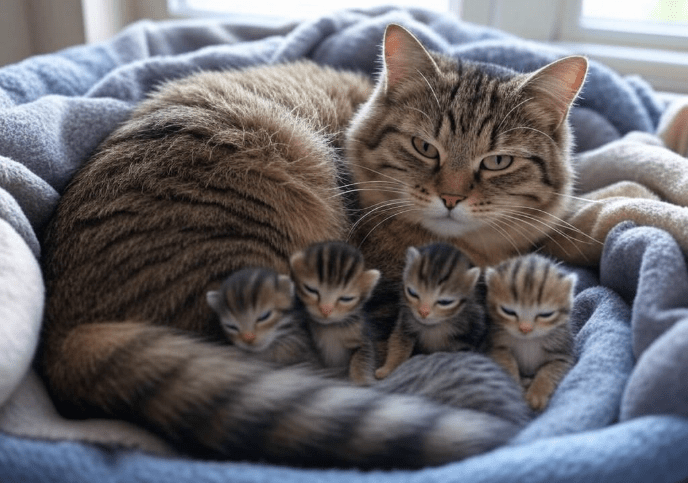
When your loving cat becomes defensive after giving birth, have you ever been shocked? Maternal aggression in cats is common and can confuse even experienced cat owners. One minute, your cat is adorable, and the next moment, she’s a wailing, claw-wielding bear defending her newborn kittens. This maternal instinct is nature’s way of making sure her babies survive their most vulnerable weeks. However, when this instinct manifests in a household, it may cause concern for both humans and other pets. By understanding this behavior, cat owners can help their feline companions navigate this pivotal time while also keeping themselves and their family safe.
When Does Maternal Aggression Occur in Cats?
Biological and environmental influences are the main drivers behind this behavior. After a mother cat—called a “queen”—gives birth, she receives a rush of hormones like oxytocin and prolactin. These hormones create the strong bond between the queen and her kittens but also increase her alertness and defensiveness. In the wild, such a response would be a crucial defense mechanism, keeping predators and other threats at bay. In a flavored home environment, of course, even familiar humans and other pets can be relatively considered intruders or potential threats to her litter. If the queen is previously traumatized, poorly socialized, or stressed by a change in environment, all of these factors can contribute to her higher levels of aggression.
Signs of Maternal Aggression
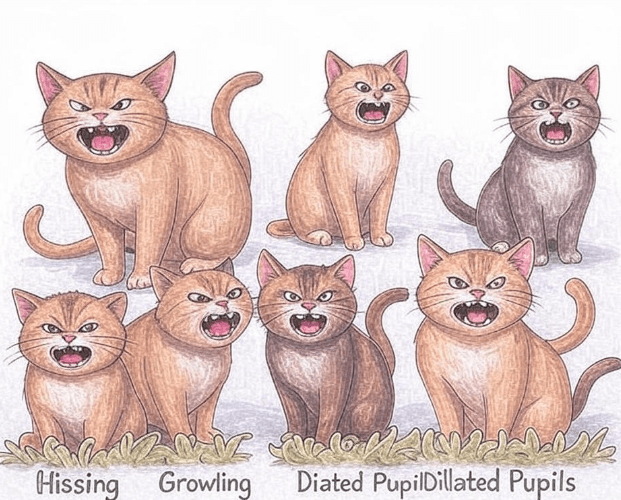
Knowing what maternal aggression looks like can be crucial for preventing injuries and taking pressure off everyone involved. Furthermore, cats who are displaying this behavior tend to show several warning signs. These include growling, hissing, or swatting at anyone who comes close to her kittens, including people she typically trusts. She might even try to hide her kittens by relocating them to other areas of the house that are potentially quieter or safer. At a nearby perceived threat, some queens will arch their backs, fluff their fur, or flatten their ears. These defensive maneuvers go along with pupil dilation, rapid movement, and increased vigilant attention. These are clear signs the queen is in protection mode and needs to be handled gingerly.
How Long Does Maternal Aggression Usually Last?

Maternal aggression is a temporary phase for most queens, peaking two to three weeks after giving birth. This phase is the time when kittens are most susceptible to hazards in the environment. Once the kittens are four to six weeks old, their motor skills are growing stronger, and the queen’s protective instincts often begin to subside. When the kittens receive proper care, their independence should gradually lead to a decrease in her aggression. But sometimes, maternal aggression lasts for over eight weeks, and this can reveal an underlying condition. If this does happen, it would be prudent to either contact a veterinarian or a cat behaviorist to see if there is a medical concern or a behavioral disorder that may be responsible for the prolonged aggression.
How to Create a Safe and Stress-Free Environment?
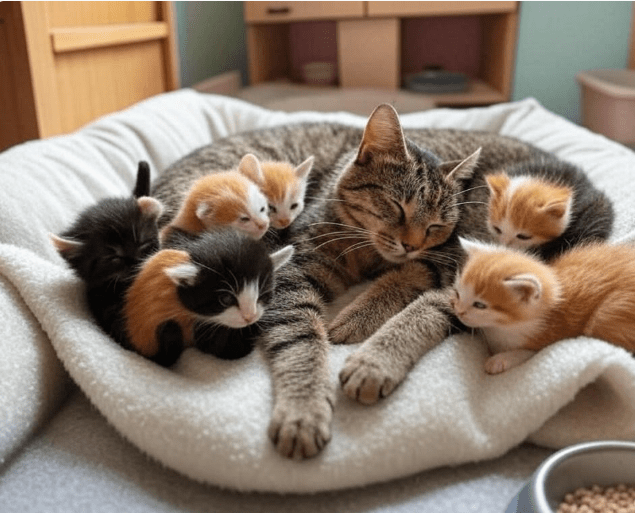
Some of the most effective ways to manage maternal aggression in cats include creating a calm and safe space. A soft and low-traffic room free from loud noises and disturbances can do wonders in lowering the stress levels for the queen. Equally important is a comfortable nesting spot with soft and cozy bedding, as well as easy access to food, water, and a litter box. Restricting how many people enter the space (especially the first two weeks postpartum) helps the queen feel secure, preventing most defensive outbursts. Don’t introduce other pets, unfamiliar smells, or environmental changes (such as rearranging furniture) during this vulnerable period.
Advice on Dealing with a Protective Cat

Respect her space: If you find yourself with a queen exhibiting maternal aggression, consider that she may simply be trying to protect her space. When first bringing the kittens home, avoid too much direct interaction and let the mother determine how often and in what ways contact is acceptable. Watching her from a distance, looking for signs of trust, like relaxed body language or walking up to you on her own, can help prevent needless confrontations. When you must separate kittens for health checks or vet visits, make that calm and quick, with the mother cat in sight, and talk to her gently. Some cat owners use “treats or soft food when attending to the kittens, which helps refocus the queen away from the kittens and provides positive associations,” Collins said.
What This Behavior Is & Why It Exists—The Evolutionary Perspective
Maternal aggression is an evolutionarily adaptive behavior that has enabled cats to protect their young for centuries. In the wild, threats from predators like foxes and coyotes and even rival cats forced queens to be extremely defensive in the early days of their kittens’ lives. Many domestic cats retain this instinct despite living in circumstances that shelter them from such threats. The hormone oxytocin, for instance, serves two evolutionary purposes—promoting bonding and protective aggression. Genetics can be a factor as well; some breeds are more territorial or protective by nature. However, queens with minimal socialization or former trauma histories may be more likely to show intense maternal aggression in otherwise safe home environments.
Reducing Aggression Over Time
As the kittens mature and their reliance on their mother wanes, the majority of queens gradually emerge from their aggressive phase on their own. Yet cat parents can make this adjustment easier by slowly reintroducing established routines and strengthening positive exchanges. When the queen appears to be more relaxed, gentle petting, soft vocal reassurance, and treats can be used to foster a bond between the cat and owner. Letting her see the slow beginnings of a return to old familiar household habits, without forcing her or the kittens, creates a sense of safety and reassurance. Offer mental stimulation, including puzzle feeders or quiet playtime away from the kittens, to help alleviate pent-up tension and redirect the queen’s energy in positive directions.
When You Need Professional Intervention
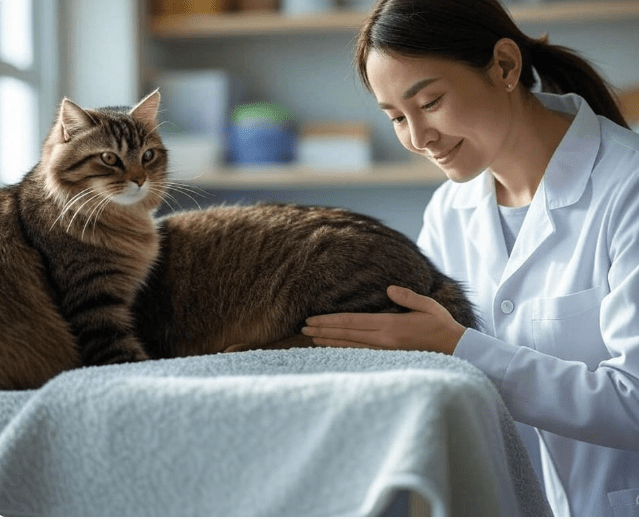
Maternal aggression is a normal and temporary state, but a few warning signs might indicate a need for professional attention. If the queen is hostile toward her kittens (i.e., biting, abandoning), veterinary assistance is required immediately. Furthermore, any sign of aggressive behaviors that continue long after weaning or worsen into attacks on very familiar humans or pets without provocation should be addressed with a health check. Medical issues such as mastitis, uterine infections, or hormonal imbalances may be to blame. For more complicated scenarios, collaborating with an accredited feline behaviorist can provide customized approaches to alter undesired habits when it comes to the safety of both the queen and her offspring.
More on Helping Your Cat During the Maternal Stage
As with all cat behavior problems, patience, empathy, and observation are your best methods of addressing maternal aggression. That said, knowing that instinctive behavior is a temporary thing allows you to thoroughly prepare to support your queen and her kittens during this essential period of time. By providing her with a quiet, safe zone, respecting her boundaries, and implementing positive reinforcement methods, you can alleviate tension and ensure a smoother transition for everyone during this phase. Just remember that your queen is just acting out what Mother Nature made her do: defend her young.
In a Nutshell
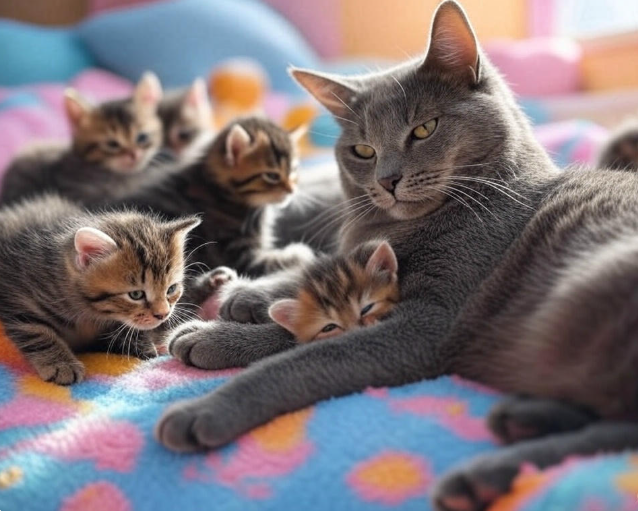
Interactive and defensive maternal aggression is an instinctively bred trait of cats that is healthy for protecting future kittens. For cat owners, as disturbing as the act may sound, it is a normal and necessary behavior that guarantees the life and health of the exposed kitties. Keep in mind that maternal aggression is temporary—it will subside as the kittens become more independent and the queen gets her sense of security back.
As caretakers of cats, it is a responsibility to navigate this moment with patience, compassion, and educated care. It’s a mother’s instinct at play: Every hiss or swat is not mere aggression but protective instinct. By not pushing her to do anything she’s not comfortable with and instead providing her gentle support, you’re creating a bond based on trust that will continue long after kittening season has passed.
So, keep in mind that love and instinct drive your queen’s fierce defense of her brood. Then, once the storm of maternal instincts subsides, you’ll have a healthy, trusting cat—plus the pleasure of watching her kittens flourish.

